How big-headed (Pheidole megacephala) ant invasion influenced lion prey choice

Some ant species are among the worst invaders in the world, and an invasion can come with strong consequences for ecosystem functioning. One infamous invasive species is the big-headed ant (BHA) Pheidole megacephala. While the BHA probably originated in somewhere in tropical Africa or Madagascar, it developed invasive characteristics and BHA supercolonies are now spreading in African savannahs where they did not occur before. In their study, Kamaru et al. ,investigated a fascinating symbiosis disruption in Laikipia, Kenya, where the invasion of big-headed ants lead to a drastic lowering of vegetation cover, since the invasive ants were killing native acrobat ants (Crematogaster spp.) which were protecting their symbiont whistling-thorn tree (Vachellia drepanolobium) from elephant feeding. As demonstrated by their research, such an open landscape leads to changes in the hunting behavior of lions, as they cannot rely on ambush predation anymore. Altogether, this study highlights a fascinating example of the unforeseeable consequences of ecosystem disruption by ant invasion. In this interview, Jacob R. Goheen gives us further insights into their investigation.
An Interview compiled by Salvatore Brunetti, edited by Phil Hönle
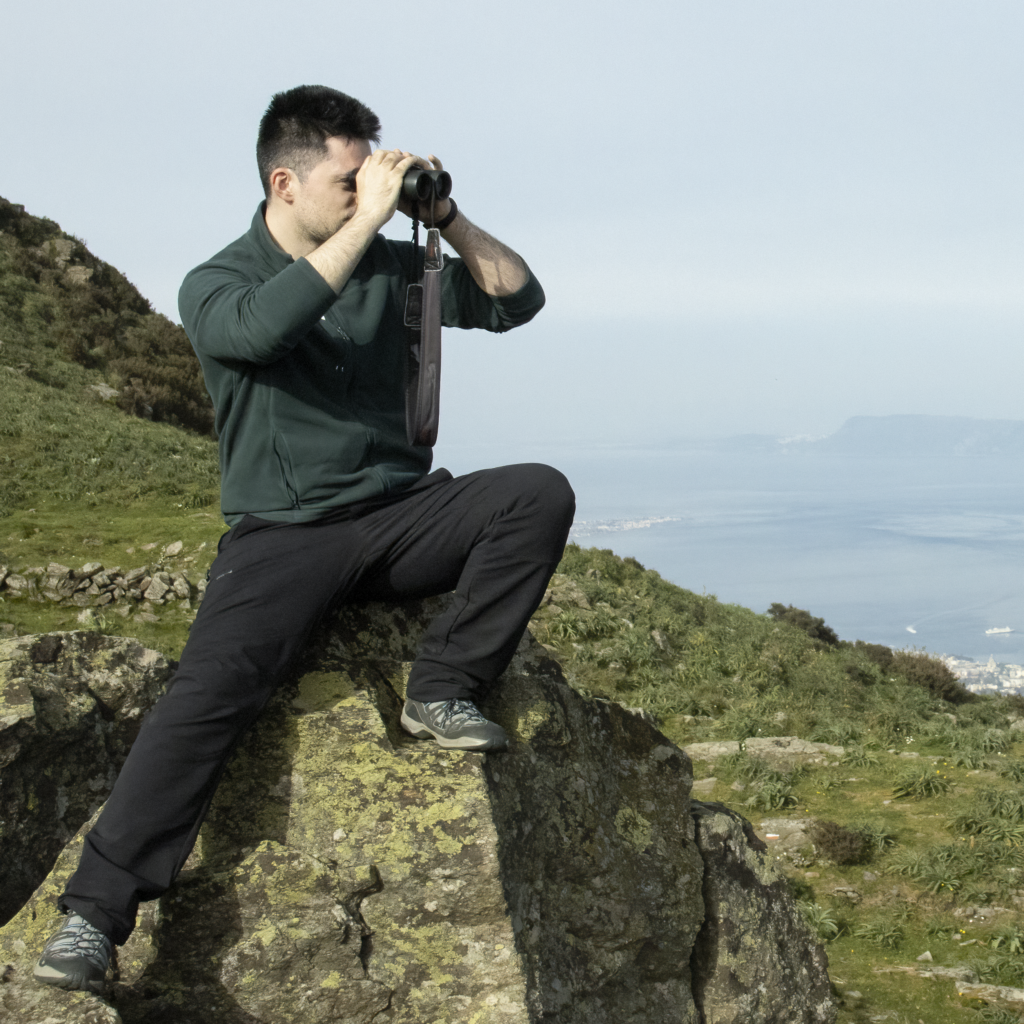

MNB: Could you tell us a bit about yourself?
JRG: I’m a wildlife ecologist and Professor of Zoology at the University of Wyoming. My research group and I work mostly in Kenya, but we frequently have projects in the Intermountain West and elsewhere in the US.
MNB: Could you briefly outline your research on “Disruption of an ant-plant mutualism shapes interactions between lions and their primary prey” published in Science by Kamaru et al. in layman’s terms?
JRG: In East Africa, there are big chunks of savanna consisting of a monoculture of whistling-thorn acacia trees: think an agricultural field but, instead of crops, a single species of tree. This is interesting, because we tend to think of the tropics as having lots of species (and they generally do). But whistling-thorn trees dominate because they employ Crematogaster ants to defend them, in return for food and shelter. Crematogaster ants effectively defend trees from elephants, which are otherwise capable of browsing and breaking trees and making savannas much more open. The invasive big-headed ant (BHA) has disrupted the mutualism between whistling-thorn trees and native Crematogaster ants; it kills the latter, but does not defend trees. So, trees are left vulnerable to browsing by elephants, such that in BHA-invaded areas, savannas are transformed into more open landscapes, almost like a grassland.
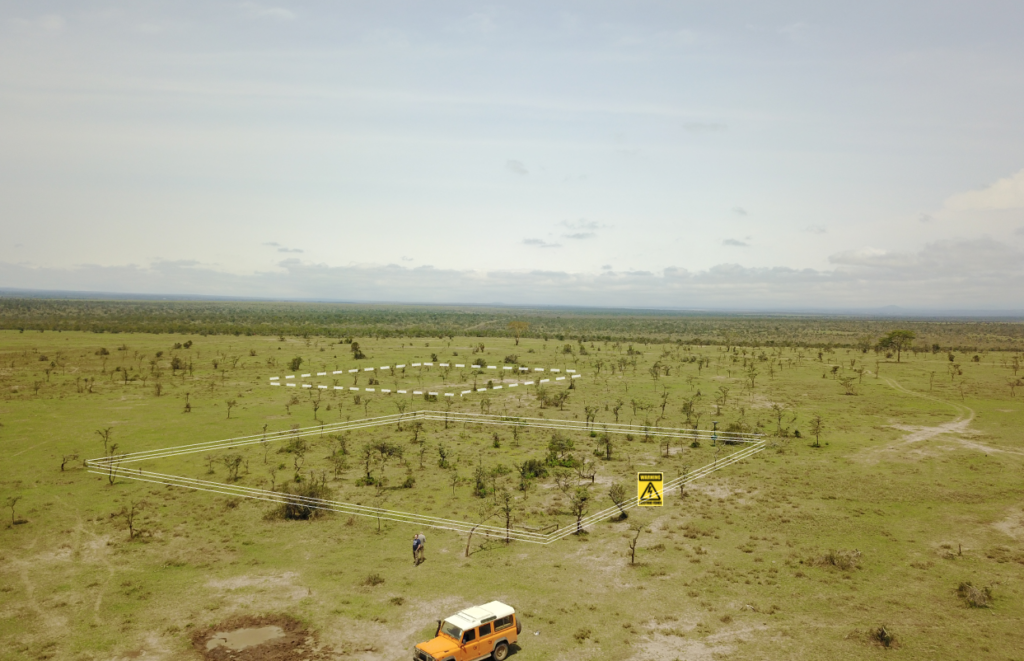

A. © Todd Palmer, the landscape (drone) photo of a series of experimental plots in an invaded area (fenced in the foreground, unfenced in the background)
B. © Pat Milligan, native acacia ants (red heads and thoraxes, black abdomens) are killed by invasive big-headed ants, leaving whistling-thorn trees defenseless against elephants.
In invaded areas, lions have difficulty killing their main prey, plains zebra. The reason for this is that lions are ambush predators: they rely on whistling-thorn trees for hiding cover. Following BHA invasion, that hiding cover is reduced by elephant browsing, and zebra can more easily see (and thus run away from) lions. But, instead of declining in numbers, lions have switched from killing zebra to buffalo. This strategy seems to work because, unlike zebra, buffalo do not rely on visibility to avoid being eaten by lions. Instead, buffalo will stand their ground (or even run up to lions and fight them) after seeing them. In sum, the BHA invasion has triggered a diet shift by lions.
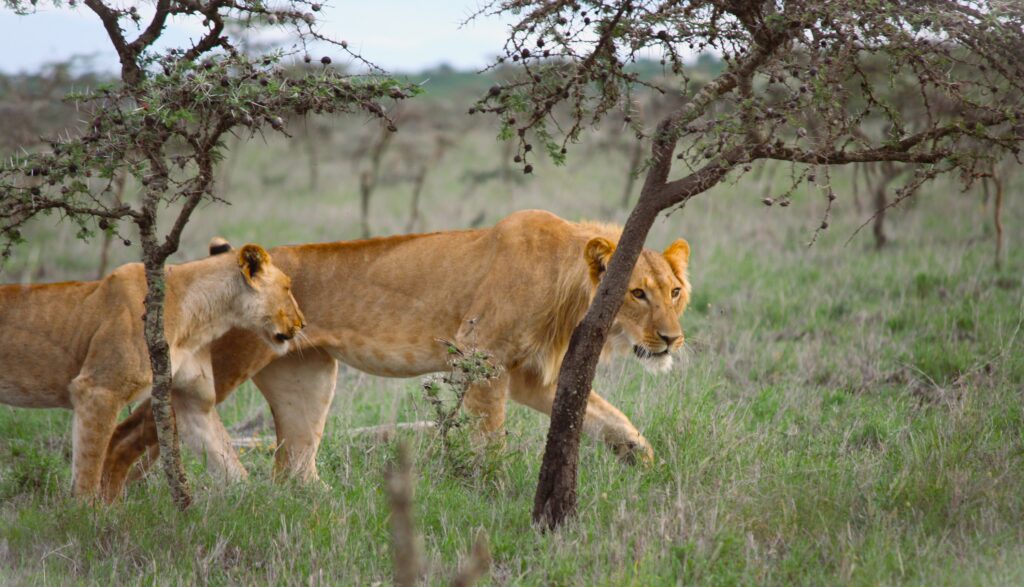

B
A. © Victoria Zero, lions hunting in uninvaded whistling-thorn tree savanna
B. © Douglas Kamaru, a telemetered lion and her cubs eat a hartebeest carcass on Ol Pejeta Conservancy.
MNB: What is the take-home message of your work?
JRG: Invasive species (and the mutualisms they disrupt) can have important and wide-ranging consequences, even for species that seem as though they’d operate independently from the invaders and mutualists.
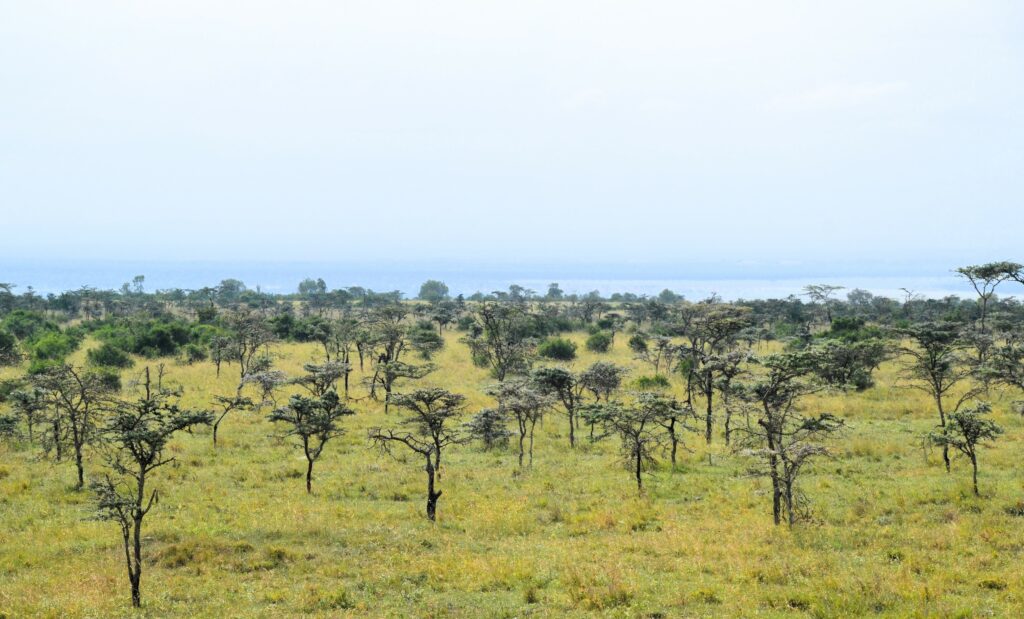

A. © Pat Milligan, a “pristine” savanna landscape, in which native ants protect whistling-thorn trees against lethal herbivory by elephants.
B. © Pat Milligan, a landscape invaded by big-headed ants at Ol Pejeta Conservancy. Big-headed ants kill native ants bodyguards, rendering trees susceptible to being eaten by elephants, and increasing landscape “openness”
MNB: What was your motivation for this study?
JRG: Curiosity.
MNB: What was the biggest obstacle you had to overcome in this project?
JRG: Getting funding and navigating bureaucracy within the U.S.
MNB: Do you have any tips for others who are interested in doing related research?
JRG: Yes! First, the lines between personal and professional activities are blurry. In my personal life, my favorite thing to do is learn about nature, so it’s an opportunity and privilege to do it professionally as well. Second, working as a wildlife ecologist (or any professional researcher, I imagine) is fun (or is supposed to be fun—if it’s not, it’s probably time to re-asses what you’re doing). When something is fun, it means a lot of people are going to want to do it (e.g., professional athlete, musician, artist, etc). When a lot of people want to do it, and those people want to get paid to do it, it means that getting a position to do is going to be competitive. This can lead to stress, particularly early on. Avoid (or at least minimize) that stress by remembering why you wanted the job in the first place—a love for/interest in nature! Finally, understand that there are going to be things you might need to do that aren’t super-fun in the short term to position yourself to do research long-term. For every lion capture we do, there are hundreds (and maybe thousands) of hours of work we spend writing grant proposals, getting permitting paperwork, planning logistics, and so forth. More generally, and early on, these things include everything from staying in on the weekend to study for a calculus test in college (when all you want to do is go drink beer with your buddies at the party), to putting yourself “out there” a bit by approaching other professionals and just chatting with them about how they got into the field. Everyone has a different story here, and there are lots of ways to do it, and there’s no one right or wrong way. But one common denominator seems to be that you absolutely have to love what you do.

MNB: Where do you see the future for this particular field of ant research?
JRG: One member of our team (Pat Milligan, U Nevada Reno) has been working to develop an insecticide bait geared precisely to control BHA. The challenge with efforts like this is that the baits need to be really specific—they have to reliably control BHA, but not kill native invertebrates. A future area of research is the degree to which this sort of thing could be feasibly applied across dozens to hundreds of hectares (or even kilometers). And, if so, does the ecosystem revert to a pre-invasion state? In other words, how reliably can invaded whistling-thorn savanna be restored to a pristine state?
MNB: Thank you so much for this interview!



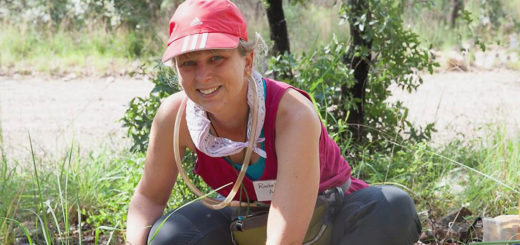

Recent Comments